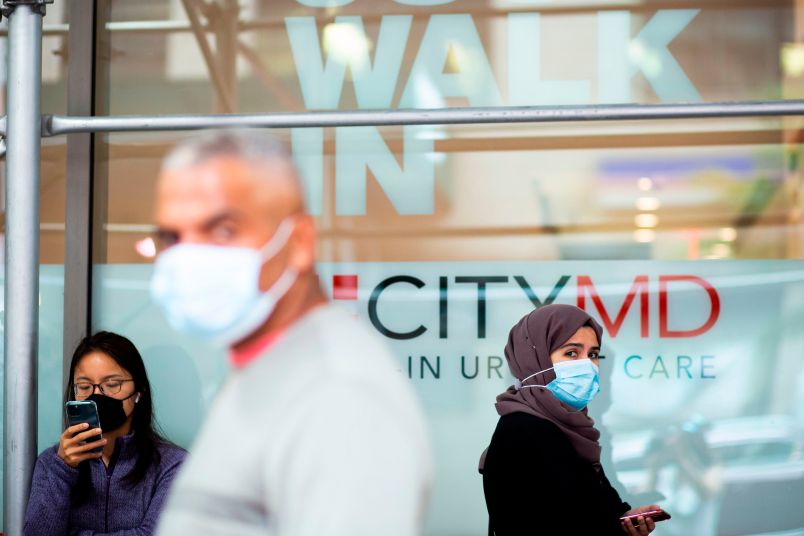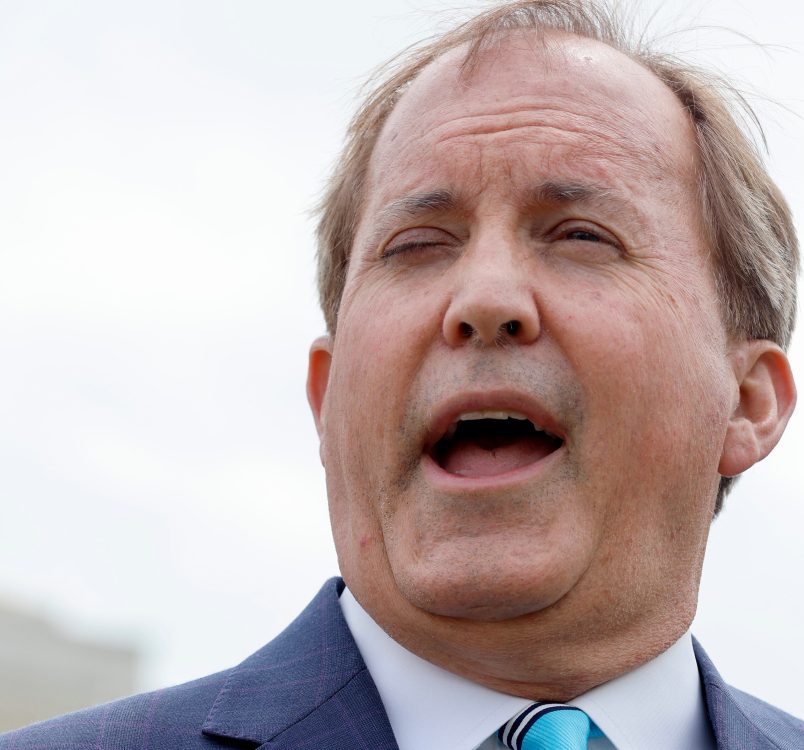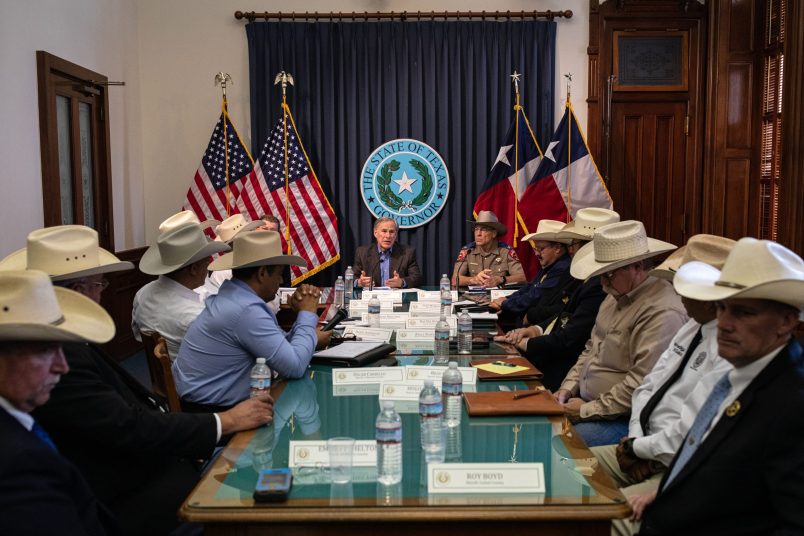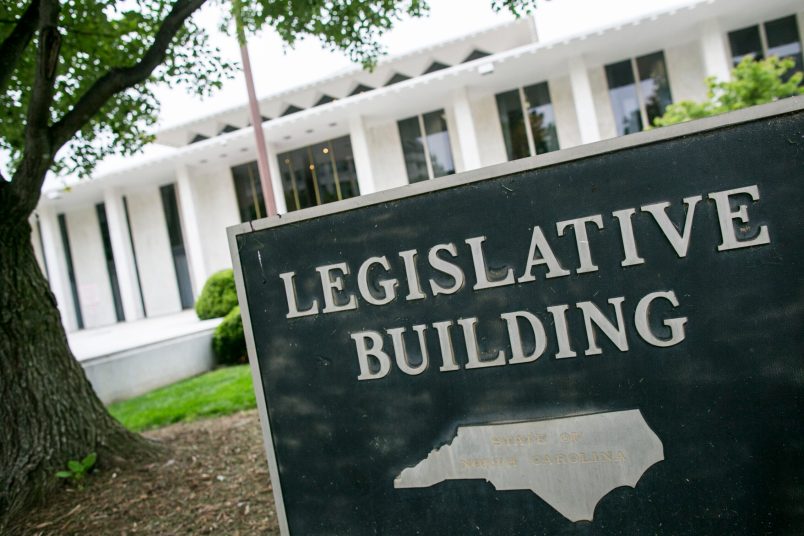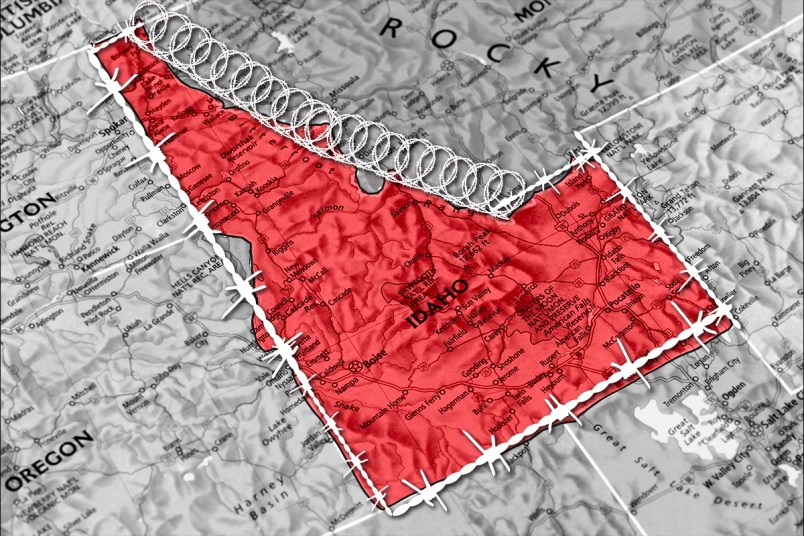The current, national COVID-19 outbreak is far and away the worst the virus has ever been, and the federal government is doing less to combat it than it’s ever done.
The virus shattered records this week on hospitalizations and case growth, bending the curve of new cases in the U.S. towards a nearly vertical upward tragectory, showing rapid spread.
And with the death toll spiraling upwards as well, the country is in for a grim winter. Even now, some epidemiologists are, unwillingly, beginning to speak the language of herd immunity and the associated death it takes to get there.
Here are five points on how to make sense of the current outbreak.
The Lack Of Summer Preparations Makes This Fall COVID Outbreak Far Worse
The U.S. started this fall outbreak while some regions were still reeling from the summer.
The seven-day moving average of new cases bottomed out at 35,000 new cases per day in mid-September, providing plenty of virus to keep seeding new outbreaks all over the country.
Early on in the pandemic, epidemiologists had warned that limiting the spread of the virus over the summer would be key to suppressing case counts come fall.
Now, it’s autumn. And cases are skyrocketing, breaking new records at a fast-increasing seven-day moving average of 125,000 new daily cases as of Thursday.
Some state hospital systems are already being overwhelmed.
Jackson, Mississippi is out of ICU beds. Utah is flying in nurses from New York City as its health system buckles, and as its governor declares a state of emergency over the lack of hospital capacity.
Dr. Jeffrey Sather, chief of medical staff at Minot, North Dakota’s Trinity hospital, told reporters last week that his hospital had been forced to “stack” patients in its ER because it was so full and no other hospitals in the region had beds available due to the surge of COVID-19 patients.
“The only change that can happen is to start stretching the staff that we have,” Sather said. “We don’t ever want to get to the point that we’d have to start changing standards of care.”
And If The Feds Stay Absent, State And Local Governments Won’t Be Able To Pick Up The Slack
Compounding the huge case loads is a dearth of funding for the local public health departments that do much of the work in fighting the pandemic at a community level.
Over the eight months since the virus first hit America, state and local governments have seen a precipitous drop in tax revenue combined with a lack of real federal support.
Congress passed the CARES Act in March, but that bill was meant to be followed by additional funding that never came, Adriane Casalotti, government affairs chief at the National Association of County and City Health Officials, told TPM.
The lack of money for a response means that local public health departments are having to rely on the same number of “burned out” staff that have been fighting this since March.
Casalotti said that reopening in many areas, combined with the seasonal flu, means that some public health departments are worse-staffed to respond than they were in March.
“Now that communities are more reopened, it’s no longer feasible to pull the restaurant inspector to do contact tracing, because the restaurants are open and there’s work to do there,” Casalotti noted. “The infectious disease specialists that were pulled off at the beginning were the ones who are doing the flu right now.”
No Money For State And Local Gov Will Hinder Their Ability To Fight COVID, And Could Force Further Budget Cuts Down The Line
The steep shortfall in many budgets means that health departments are facing cuts at a time when more funding would allow them to help prevent and fight the outbreak .
“Some public health departments have been asked to draft budgets for 25 percent less for the next fiscal year,” Casalotti said.
That’s already starting to happen around the country. The AP found that at least 14 states have begun to cut public health budgets since the pandemic began.
Pennsylvania furloughed 65 of its 1,200 public health workers, while Michigan ordered its public health workers to adhere to reduced hours with the rest of its state civil service.
Cuts are looming in other areas, as well. The Tacoma, Washington fire department faces a big shortfall, while Illinois’s state university system is bracing for a big drop in funding.
In Some States, Cases Have Outpaced Testing — We Won’t Know The True Scale Of This
But even to address the outbreak head-on state officials need to know what’s happening on the ground and how and where the virus is spreading.
In some states, the rate of viral spread is so high that testing has become far less useful.
“Our spread is outpacing our ability to test,” said Dr. Angela Dunn, state epidemiologist with the Utah Department of Health.
Other areas are so hard-hit that even those who test positive are being asked to help. North Dakota is so short on hospital staff that it’s allowing COVID-positive nurses to stay on their shifts.
“You’re starting to see indicators that most, if not all states are experiencing uncontrolled spread,” said Josh Michaud of Kaiser Family Foundation. “It’s a frightening prospect.”
Michaud added that “the pandemic will do what it does if you don’t push back against it, and the brutal math of exponential spread will take over.”
The De-Facto Short-Term Strategy Is Herd Immunity
All this comes as few public officials are taking serious steps towards increasing social distancing on a scale that would slow down the spread.
Over the past few weeks, epidemiologists have begun to speak more of “herd immunity” — a situation where enough people in a given population have been infected and now are producing antibodies, making it difficult for the virus to find hosts and spread.
Studies differ on how close some parts of the U.S. have come to crossing that grim threshold.
“The default has been inaction on the federal government’s part for a lot of this, and we’ve basically gotten to the point where the administration doesn’t seem to be doing a whole lot to try and stem the current surge of infections,” Michaud said.
“These things burn out for different reasons. For one, you could have specific populations with effective herd immunity,” Michaud said. “I shudder to think what that would mean at a state or national level, but it’s now a possibility.”


